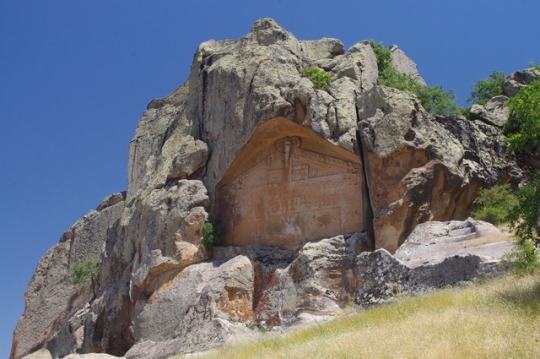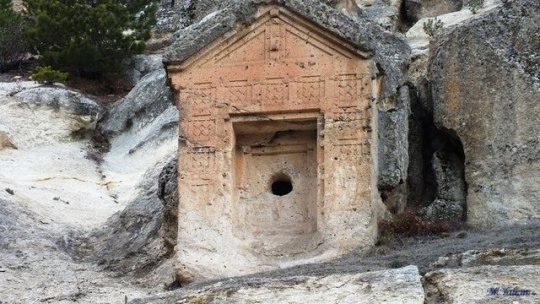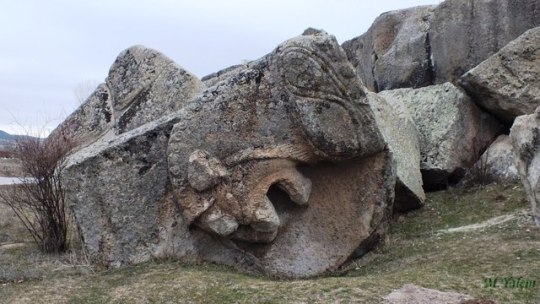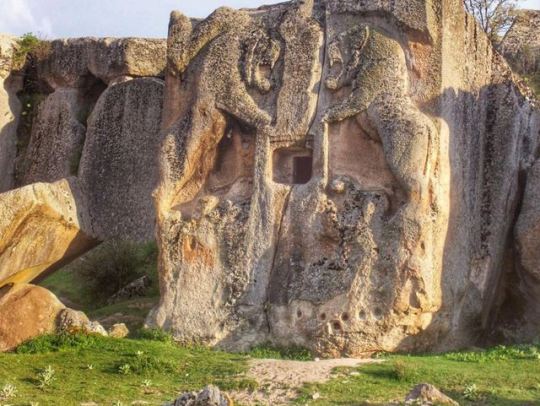Don't wanna be here? Send us removal request.
Link
3 notes
·
View notes
Link
1 note
·
View note
Photo

The Entrance to Giverny under the Snow 1885
Claude Monet
477 notes
·
View notes
Photo










Tomb of Midas (and his “city” as well)
Yazılıkaya, Eskişehir, Turkey
6th-7th century BCE
The archaeological site of the so-called Midas City is situated in the Eskişehir region in Central Anatolia, near the village of Yazılıkaya (which in Turkish means something like “rock inscription”). With a few exceptions, most of the Phrygian rock-cut monuments for which the site has become famous, date back to the sixth century BCE.
The so-called Midas Monument owes its name to the fact that the word Mida is used in an inscription on the upper left-hand side of the façade, which is almost eighteen meters high. Mida was mistranslated as Midas, the name of a legendary king of Phrygia; in fact, it is a surname of Cybele, the Phrygian Mother Goddess. The so-called tomb, which is older than the rest of the city and belongs to the eighth century BCE, was in reality a sanctuary. During the ceremonies, a statue of Cybele could be placed in the niche. To the south of the Midas Monument lies a rock-cut necropolis with several Phrygian tombs. From here one can walk further on the plateau and reach another Phrygian rock-cut monument, which has remained unfinished. A little bit further you reach the impressive water cisterns, some with a flight of steps who leads to several huge underground cisterns.
3K notes
·
View notes
Photo


A Custom Phaeton by Bohman and Schwartz on a Buick chassis. 1940.
44 notes
·
View notes
Photo







~Statue of Athene (“The Peiraeus Athena”). Medium: Bronze Date: 340—330 BCE. Athens, Archaeological Museum of Piraeus (Αθήνα, Αρχαιολογικό Μουσείο Πειραιά)
7K notes
·
View notes
Photo

Netsuke. Ivory and Horn. Japan, approx. 1975 HEIGHT 3,2 CM The work of a modern master born 1931 in Tokyo. According to legend, the rabbit turns snow white after 1000 years of age. The eyes are two-colored inlaid horn and very lively in expression. Himotoshi on bottom and signature BAI-SHODO YASU-FUSA on legs. The name Baishodo comes from the studio, the artist´s real name is Saito Yasufusa. From a private German collection
694 notes
·
View notes
Video
tumblr
From @parkerandlily: “Round and round Jasmine goes. Where mom stops, Jasmine doesn’t know.” #catsofinstagram [source: http://ift.tt/2fPQnAT ]
774 notes
·
View notes



